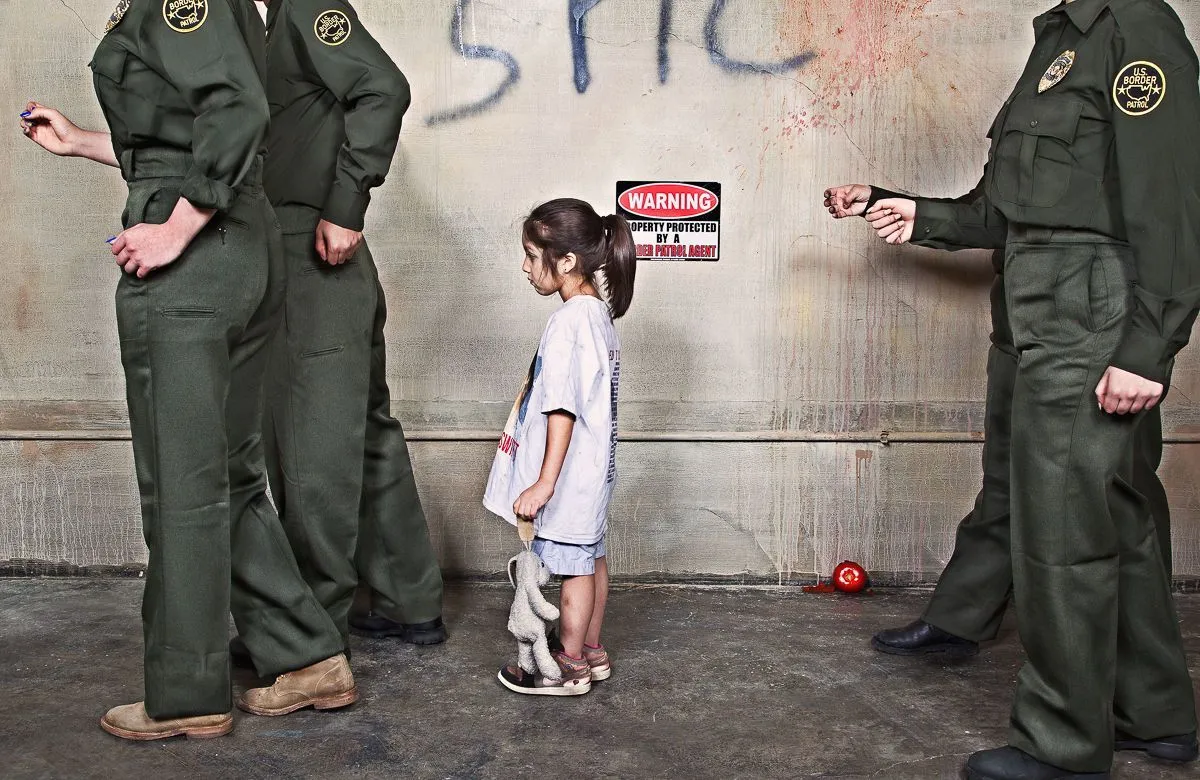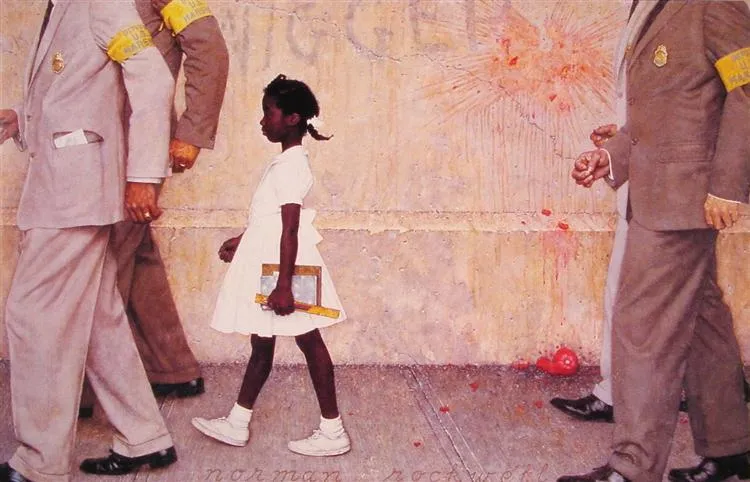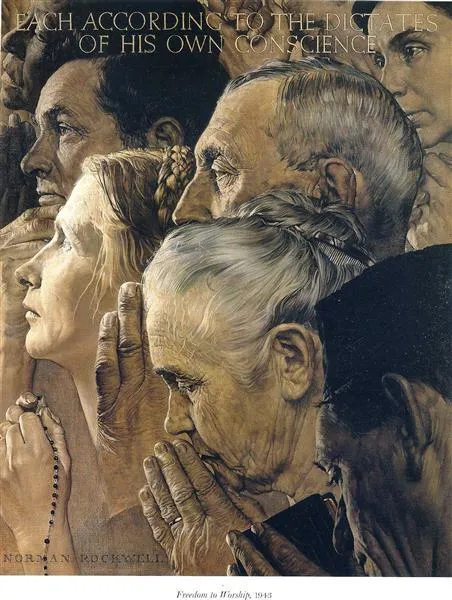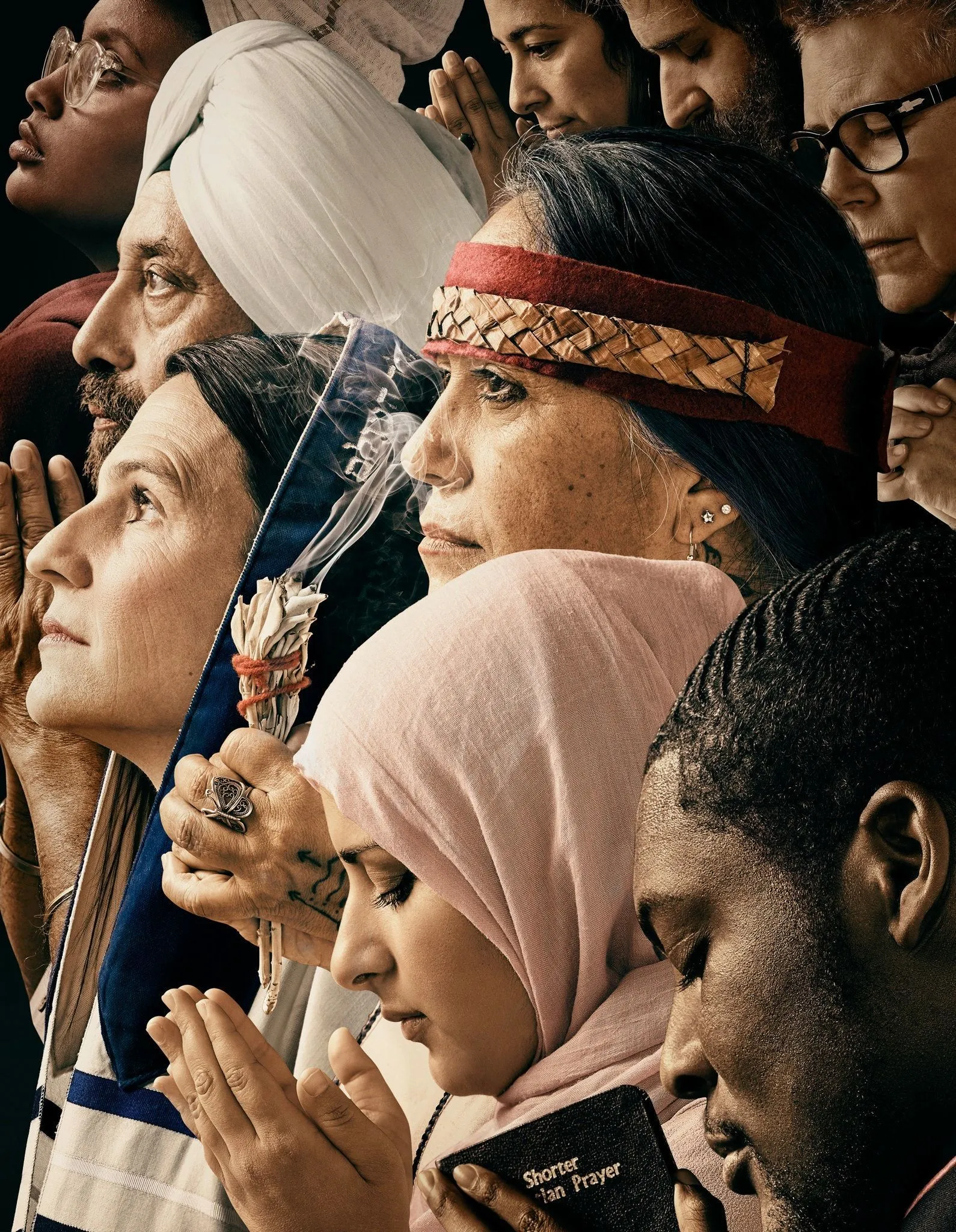Anglais 2de
Rejoignez la communauté !
Co-construisez les ressources dont vous avez besoin et partagez votre expertise pédagogique.
Mes Pages
Unité de transition collège/lycée
1 • Generations living together
Ch. 1
Food for joy, food for ploy
Ch. 2
No future? No way!
2 • Working worlds
Ch. 3
Working in Silicon Valley
Ch. 4
STEM women rock!
3 • Neighbourhoods, cities and villages
Ch. 5
Ticket to ride
Ch. 6
South Afri...cans
Ch. A
Dreaming city stories - Digital content only
Ch. num
Diners and Pubs
4 • Representation of self and relationships with others
Ch. 7
Fashion-able
Ch. 8
Look at me now!
Ch. B
Inking the future - Digital content only
5 • Sports and society
Ch. 9
Spirit in motion
Ch. 10
Athletic scholarship
6 • Creation and arts
Ch. 11
“You see but you don’t observe!”
Ch. 12
From silent to talkie
Ch. C
Copying or denouncing? - Digital content only
7 • Saving the planet, designing possible futures
Ch. 13
Young voices of change
Ch. 14
Biomimicry: a sustainable solution?
Ch. num
National Parks
8 • The past in the present
Ch. 15
Twisted tales
Ch. 16
The Royals
Ch. num
The Royals 2.0 "Family Business"
Ch. D
All Hallows' Eve - Digital content only
Ch. num
Spooky Scotland
Fiches méthode
Précis
Ch. 18
Précis culturel
Ch. 19
Précis de communication
Ch. 20
Précis phonologique
Ch. 21
Précis grammatical
Verbes irréguliers
Rabats
Révisions
Unit C
Activity 1 - Group
Differentiation
Reimagining art
Ressource affichée de l'autre côté.
Faites défiler pour voir la suite.
Faites défiler pour voir la suite.
Group 1 The Problem we all live with?
Each group is in charge of one document. Watch it and
Ressource affichée de l'autre côté.
Faites défiler pour voir la suite.
Faites défiler pour voir la suite.
Picture


Ressource affichée de l'autre côté.
Faites défiler pour voir la suite.
Faites défiler pour voir la suite.
Picture


Ressource affichée de l'autre côté.
Faites défiler pour voir la suite.
Faites défiler pour voir la suite.
Group 2 Maggie Meiners' art
Each group is in charge of one document. Watch it and
Ressource affichée de l'autre côté.
Faites défiler pour voir la suite.
Faites défiler pour voir la suite.
Text document
In 1964, Norman Rockwell's Civil Rightsera
painting The Problem We All Live With1 depicted
Ruby Bridges, the 6-year-old black girl who entered
an all-white school in 1960, walking between
deputy U.S. marshals with volleyed tomatoes and
a racial slur staining the wall behind her.
In 2015, artist Maggie Meiners reimagined the famous composition to explore the plight of another youth: this time, a Dreamer — a child of undocumented immigrants given temporary protection under the 2012 Deferred Action for Childhood Arrivals (DACA) program.
In the photo, which she titled Dream Act (2015)2, Meiners directed actors and models to depict the scene of a young immigrant girl, standing alone and surrounded by a squadron of U.S. border-patrol agents. While Meiners created the image three years ago, it found new relevance under the current U.S. administration's “Zero Tolerance” policy, enacted this spring, which resulted in immigrant children being separated from their parents at the U.S. border.
Dream Act wasn't Meiners's first Rockwell-inspired work. The artist has long been fascinated by the painter's depictions of 20th-century American life, which charmed and shocked millions in the mid-1900s, and their power to adeptly illustrate an entire era.
In 2015, artist Maggie Meiners reimagined the famous composition to explore the plight of another youth: this time, a Dreamer — a child of undocumented immigrants given temporary protection under the 2012 Deferred Action for Childhood Arrivals (DACA) program.
In the photo, which she titled Dream Act (2015)2, Meiners directed actors and models to depict the scene of a young immigrant girl, standing alone and surrounded by a squadron of U.S. border-patrol agents. While Meiners created the image three years ago, it found new relevance under the current U.S. administration's “Zero Tolerance” policy, enacted this spring, which resulted in immigrant children being separated from their parents at the U.S. border.
Dream Act wasn't Meiners's first Rockwell-inspired work. The artist has long been fascinated by the painter's depictions of 20th-century American life, which charmed and shocked millions in the mid-1900s, and their power to adeptly illustrate an entire era.
1. / 2. See paintings above
Group 2: Maggie Meiners' art
Ressource affichée de l'autre côté.
Faites défiler pour voir la suite.
Faites défiler pour voir la suite.
Group 3 The Four Freedoms
Each group is in charge of one document. Watch it and
Ressource affichée de l'autre côté.
Faites défiler pour voir la suite.
Faites défiler pour voir la suite.
Text document
In the wake of the
2018 midterm elections,
ICP's new exhibition For
Freedoms: Where Do We
Go From Here? explores
the role of art and visual
representation in American
civic life through
the work of the For Freedoms
collective. [...]
For Freedoms' stylized scenes of the everyday reference Rockwell's iconic style while bringing new, more inclusive representations of the country to the discussion of our core values.
[...] For Freedoms' exhibitions, installations, and public programs use art to deepen public discussions on civic issues and core values, and to advocate for equality, dialogue, and civic participation.
For Freedoms' stylized scenes of the everyday reference Rockwell's iconic style while bringing new, more inclusive representations of the country to the discussion of our core values.
[...] For Freedoms' exhibitions, installations, and public programs use art to deepen public discussions on civic issues and core values, and to advocate for equality, dialogue, and civic participation.
Group 3: The Four Freedoms
Ressource affichée de l'autre côté.
Faites défiler pour voir la suite.
Faites défiler pour voir la suite.
Picture


Ressource affichée de l'autre côté.
Faites défiler pour voir la suite.
Faites défiler pour voir la suite.
Picture


Ressource affichée de l'autre côté.
Faites défiler pour voir la suite.
Faites défiler pour voir la suite.
Questions
You are in charge of one document.
b. What is different or similar in the painting and its remake?
c. What does the artist change when revisiting Rockwell's art?
b. Do you find it effective?
Share your findings and learn about the other documents.
1
a. What is the role of each character? What are
they doing?
b. What is different or similar in the painting and its remake?
c. What does the artist change when revisiting Rockwell's art?
2
a. What is the artist's message? What does the
artist denounce?
b. Do you find it effective?
Useful vocabulary
The first thing that comes
to mind is…
As soon as I saw these paintings I thought…
What's really different between the two is…
As soon as I saw these paintings I thought…
What's really different between the two is…
Let's talk this out!
Share your findings and learn about the other documents.
3
Compare the message in the different paintings.
4
There are more than fifty years between these
paintings. What has changed for artists?
5
How does each of these documents make you feel?
Which one do you prefer? Why?
6
In your own words, summarise the artist's reason for
revisiting art.
Useful vocabulary
Compared to Rockwell's intention...
For the last fifty years… He / she would like people to…
A half century separates the two paintings…
Her / his reason for revisiting another artist is…
For the last fifty years… He / she would like people to…
A half century separates the two paintings…
Her / his reason for revisiting another artist is…
Ressource affichée de l'autre côté.
Faites défiler pour voir la suite.
Faites défiler pour voir la suite.
Les adjectifs composés
• Observez les formes soulignées dans le texte.• Quelle est la nature des mots qui composent ces formes ? Que remarquez‑vous ?
•
Ressource affichée de l'autre côté.
Faites défiler pour voir la suite.
Faites défiler pour voir la suite.
Spot the differences!
In pairs, choose two paintings. Tell each other the differences you find between the two artworks (differences you see or differences you feel). The last one to find a difference wins!Ressource affichée de l'autre côté.
Faites défiler pour voir la suite.
Faites défiler pour voir la suite.
Over to you!
Une erreur sur la page ? Une idée à proposer ?
Nos manuels sont collaboratifs, n'hésitez pas à nous en faire part.
j'ai une idée !
Oups, une coquille
